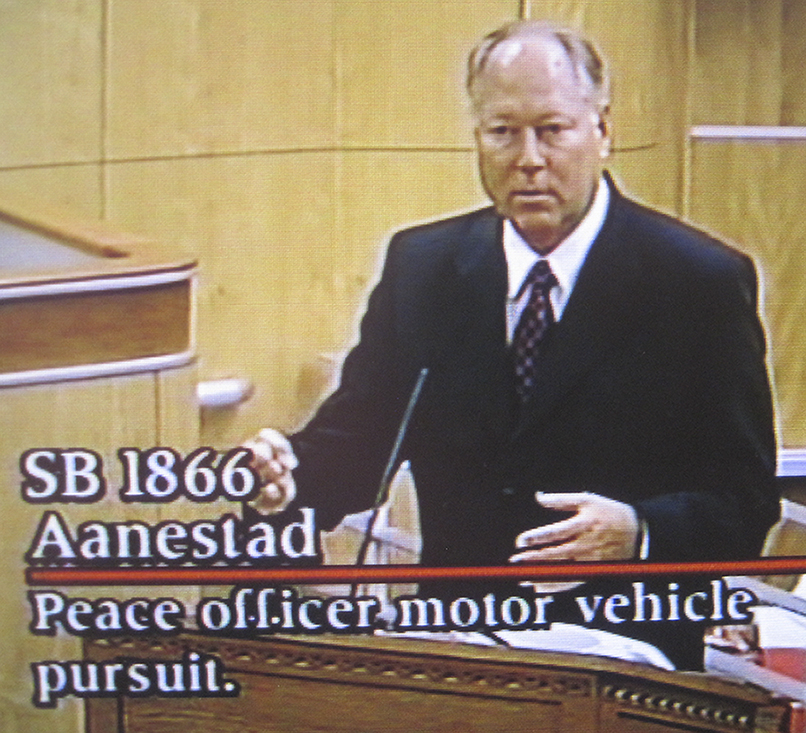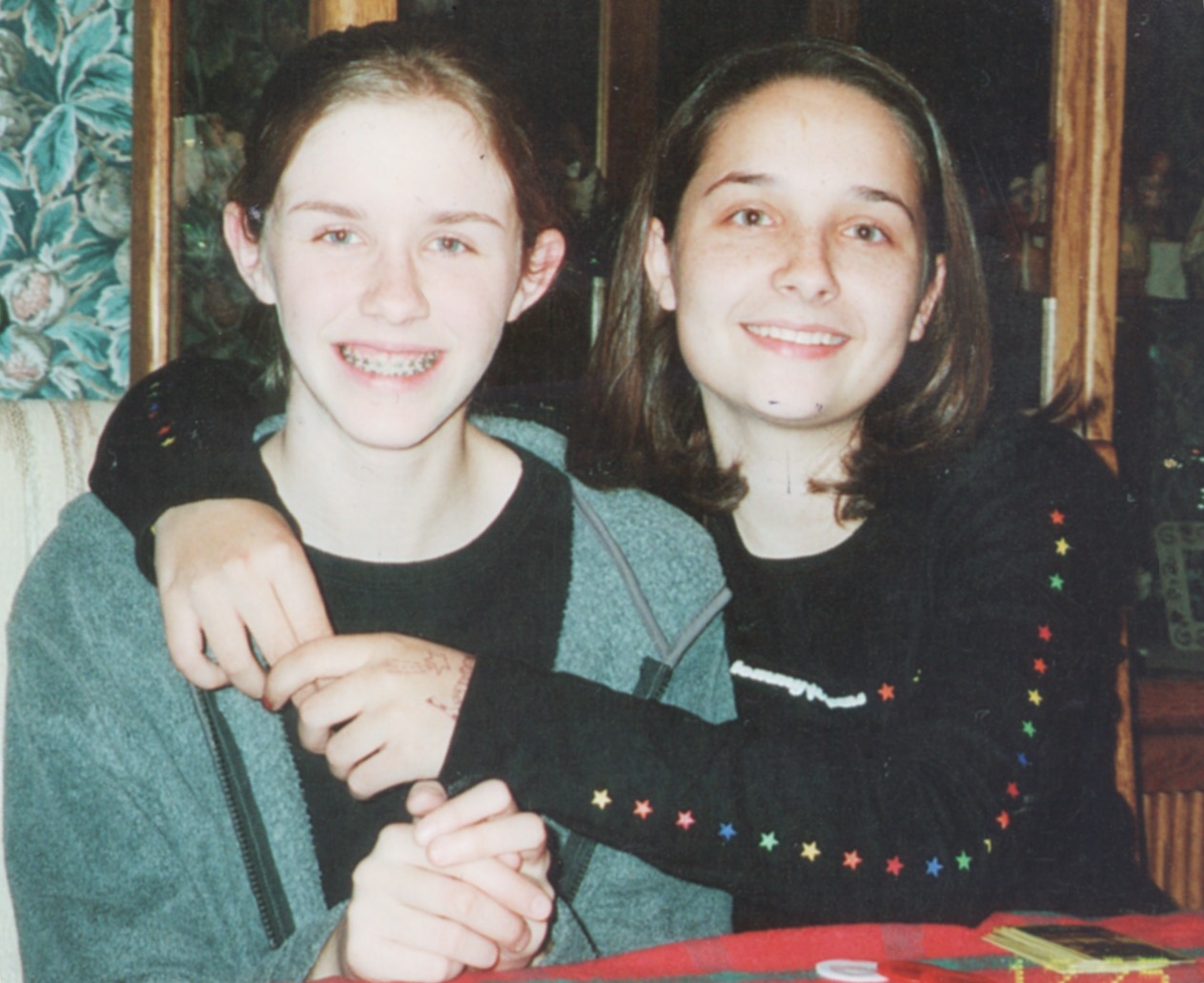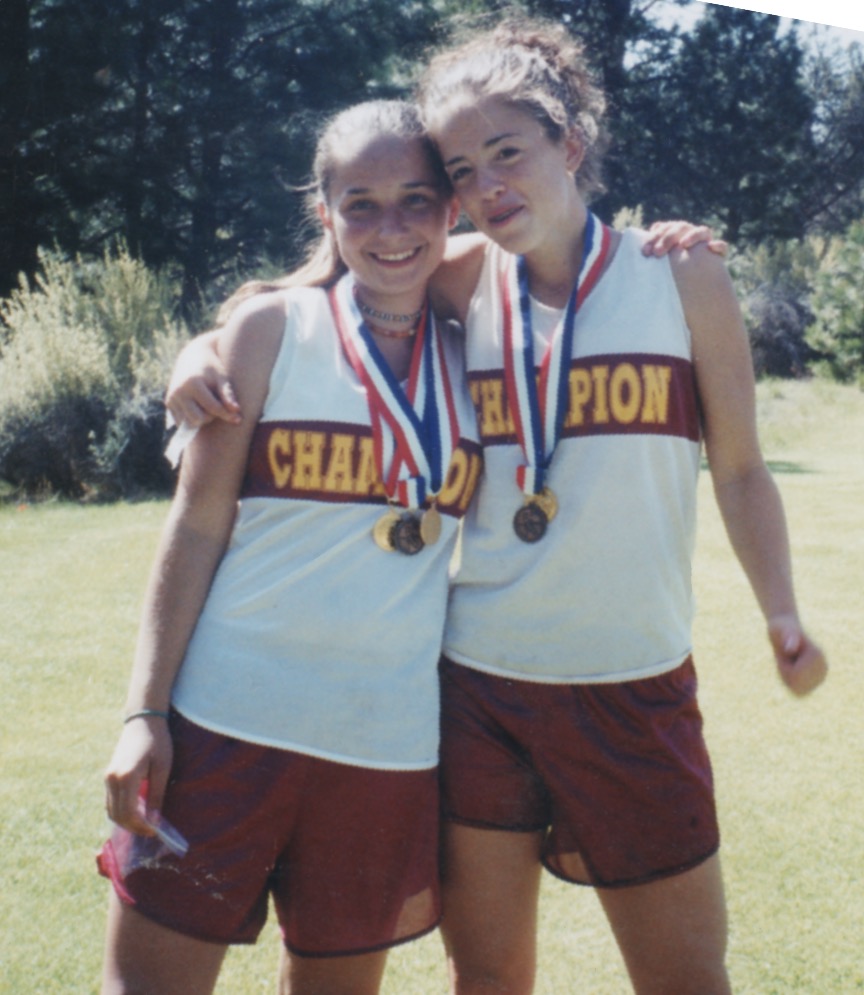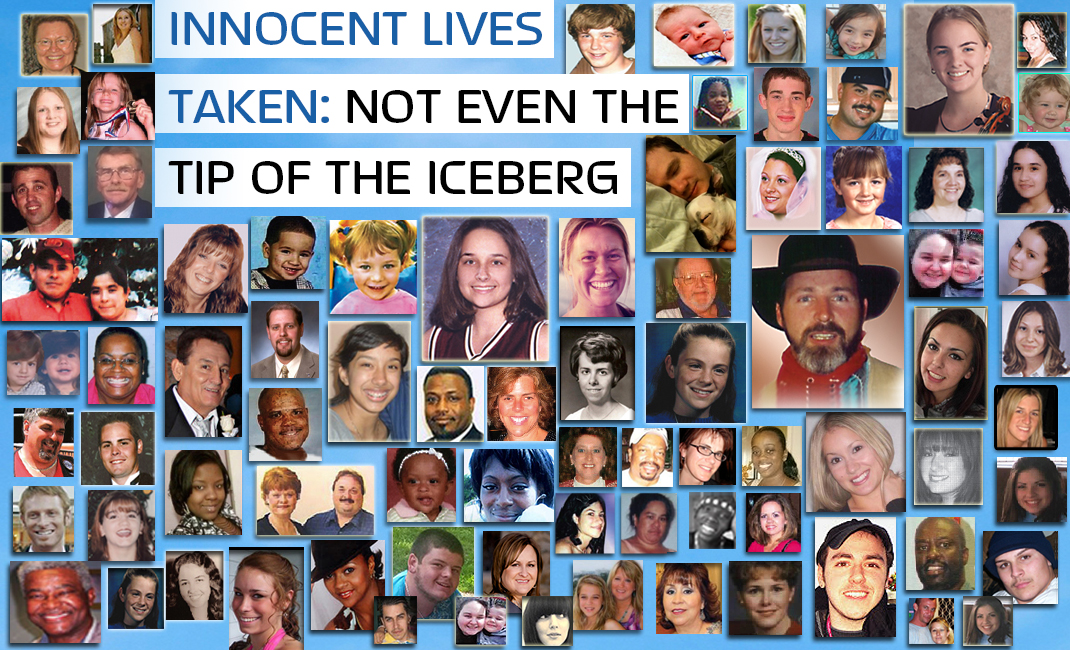-
The Night of the Chico Pursuit
News clips and video about Kristie's Story. Click here
Let's go back to January 22, 2002. Mark and Candy Priano traveling with their son Steven and daughter Kristie were on their way to Kristie's high school basketball game. At the same time events were unfolding that would change their family forever.
The mother of an unlicensed teen had called the Chico Police Department, complaining that her daughter had taken the family car without permission. Keep in mind that individuals who flee from police are often young and always exercise bad judgment. People who flee from the police need to be punished to the fullest extent of the law. That said, the actions of the police should never create an enhanced level of danger to the surrounding public or to the officers themselves. California state law requires officers to have a pursuit policy. Officers and the agencies that employ these officers receive blanket immunity even when officers fail to follow their own agency's pursuit policy. California state law does not require officers to follow their policy. Their department only needs to adopt a policy.
Prior to the Chico pursuit, nothing in the police report or later releases from the Chico Police Department indicates that the teenage girl was a threat to society. There were no reports that the girl had been driving recklessly. Prior to the pursuit she was not speeding and was not running stop signs. She was not even a suspected felon and did not have a record.
Officers Disregard Their Own Pursuit Policy
Chico's pursuit policy details in various sections that officers should use other alternatives to pursuit if they have valid identity information to catch the suspect later. The Chico police had obtained this information from the girl's mother when she told them her daughter had taken her car.
According to the Chico Pursuit Policy, any pursuit traversing traffic-controlled shall be abandoned. The police report reveals that before the chase the girl was not speeding. She was not running stop signs. When the officer signaled for her to pull over, the teenage girl failed to stop and within seconds ran her first of five stop signs. Since the police knew they could not physically detain her because of her age, they should not have risked a high-speed chase, especially in a residential neighborhood at night. Early on in the pursuit, the girl ran her first stop sign. The police, by their own policy, should have terminated the chase. Instead, the involved officers continued the chase. As the chase continued, the risk to the public increased. It was equivalent to playing Russian roulette with a loaded gun, except this time the weapon was a 4,000-pound bullet flying through a residential neighborhood. She went through a second stop sign, while another officer waited on the other side. After she passed him, he joined the chase. After a near miss with another vehicle and with speeds escalating, the teen and the police were now speeding, running stop signs, and weaving in and out of traffic through a residential neighborhood.
More Policy Violations
The maximum number of police cruisers in a pursuit is two, unless the supervisor approved more units. No where in the report does the supervisor request more units. Multiple patrol cars were involved. Eye witnesses say four; Chico PD reported two units.
Per Chico's Pursuit Policy, whenever the driving conditions are so hazardous that the risk of a traffic collision with an innocent third party is likely, the officer shall abandon the pursuit.
Examples:
• Driving at speeds which are inordinately high for City streets.
• Traversing traffic-controlled, congested, narrow or blind streets. Officers are NOT (caps in policy) obligated to continue any pursuit, taking into consideration such items as:
• Roadway Conditions. Narrow, poorly lit streets with poor visibility at the intersections.
Anyone who has driven through The Avenues knows that Fifth and Palm is a blind intersection with no curbs or sidewalks and large trees on the corners.
Many times the pursuit exceeded the 25 mph posted limit and included a near miss with a doctor pulling out of his driveway. He later talked to Mark at the hospital. When she ran her fifth stop sign (Russian roulette), she slammed into our minivan at about 60 mph, directly where Kristie was sitting. We did not hear sirens or see anything to make us aware that we were in danger.
Police Mislead the Media
Chico PD first told the media the pursuit was to recover a stolen car, never mentioning that the car belonged to the teen's mother and that the officers knew it was mom's car. They said it was a low-speed chase, only 35 mph.
The pursuit lasted two minutes. When Mark and Candy Priano drove the route of the chase at the appropriate speeds (mostly 25 mph) on a Tuesday night at 6 p.m., they recorded the travel time as 4 minutes.
In the end and without dispute, the RAV4 had hit our larger Ford Windstar with enough force to propel it some 40 feet, lifting it high enough to ricochet across the top of a chain link fence, spin, and land on its side in someone’s yard. After the Chico Enterprise-Record made a legal request for information about the pursuit, the police said the speed of the pursuit was probably 45 mph. In the police report, the girl said she was going over 65; her friends said "very fast." Witnesses reported the speed as 45 mph, 50-55 mph.
According to Lisa Sheikh, executive director of The Partnership for Safe Driving in Washington, D.C., "All vehicles are required to protect passengers from side impacts up to 33.5 mph. If the impact was at 35 mph, Kristie would have received minor injuries."
Public Safety Ignored
More important, Chico's pursuit policy addresses public safety in relation to road conditions, knowledge of the driver's name, age and address, and the seriousness of the crime. This pursuit occurred at night in a residential neighborhood, and the police knew the identity of the driver. Sadly, the police made no effort to call a halt to this pursuit even when it became obvious that the risk of the pursuit to the surrounding public was greater than the seriousness of the girl's "crime."
The likelihood of this teenage girl "injuring or killing someone else" was not reason enough to chase her. The pursuit itself created the danger. Otherwise, the officers would have arrested the girl instead of sending the teen home with her mother while Kristie was dying in a local hospital. Yes, that's right. While some people in law enforcement say, "We must pursue 'the bad guys,' " what they don't tell you is that most people who flee are back on the streets before officers' finish their paperwork! And so it was with the pursuit that took Kristie's life. As we stayed by Kristie's side at Enloe Hospital, the people responsible for the Chico pursuit all went home to their families: the police and the three girls in the fleeing car, even the driver. We spent seven days at the hospital praying for a miracle, but that was not to be. On the seventh day an unexpected snowfall softly covered Chico and our beautiful Kristie went to her Heavenly home. Make no mistake, Kristie is achingly absent from her family's Earthly life.
Chico Police Chief says, 'This is as controlled as you can get.'
Chico Police Chief Bruce Hagerty would later declare that "if the police had not pursued, the girl might have killed someone else or herself," apparently not considering that Kristie's life had value. He failed to explain what had made Kristie’s life less valuable than the life of "someone else." Hagerty indicated the police did not take the teen into custody because she was a juvenile and had injured her ankle.
Chief Hagerty was not a member of the Chico Police Department at the time of the pursuit. The Chico Enterprise-Record quoted him when he said, "The police officers did follow policy. And as pursuits go, this is as controlled as you can get."
Who reviewed this pursuit and validated it?? Answer: A sergeant in the Chico Police Department!
If the police had followed their pursuit policy and weighed the risk of the crime against the risk of a police pursuit to the general public, Kristie would be alive today because there would not even have been a pursuit.
The death of Kristie Priano an honor student, class officer, athlete, and community volunteer is a sad story that leaves permanent scars on her family and the community. As a daughter and sister, Kristie was our "little spark plug": A ready smile, a "let's go to the movies" kind of day, and endless hugs signifying that she was always there for all of us—even when she was not getting her own way. "Our dynamic duo," that is what we called Kristie and her older brother Steven. They laughed together, sometimes shared and could always count on each other. As an awesome best friend to (in alpha order) Amber, April, Christy and Kelly, Kristie was trustworthy, fun and a little bit stubborn but in a nice way, so her friends said! Her family and many friends are blessed with wonderful, crazy memories that make us laugh and cry.










